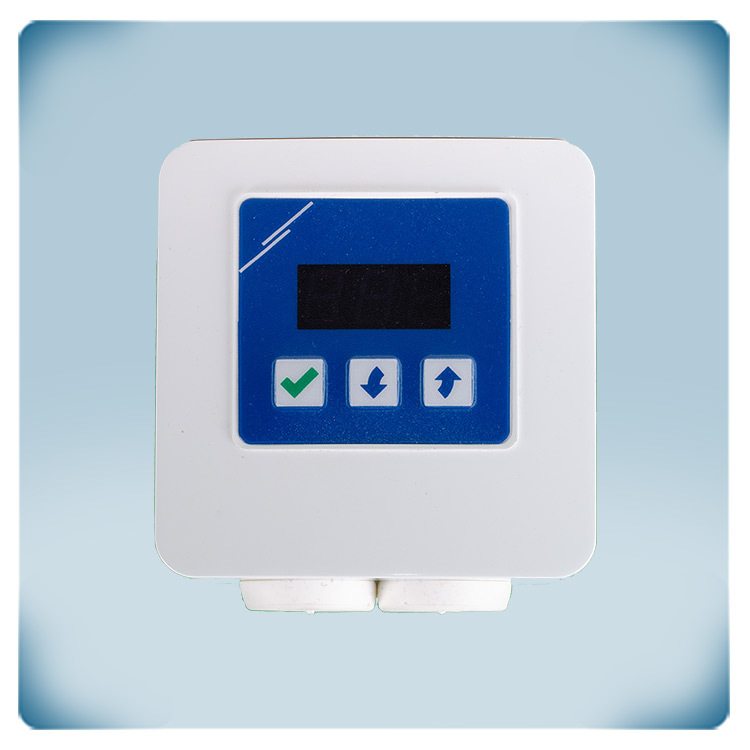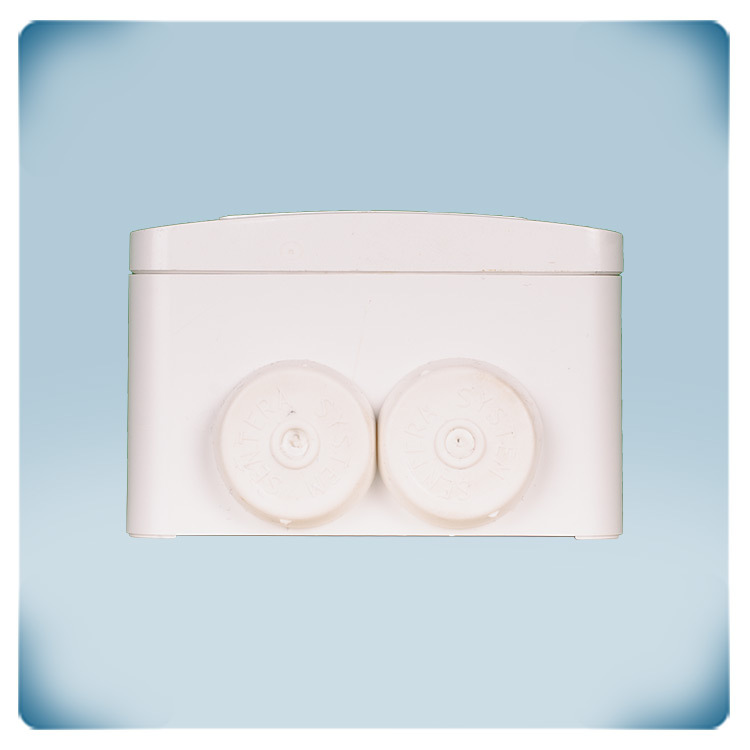EU declaration conformity
Residential HVAC controller | white enclosure
Product description
The RDCV EC Fan Speed Controller is a digital potentiometer and HVAC controller that offers precision in ventilation management with advanced features and a sleek design.
It provides effortless adjustment in manual mode via an intuitive 3-button interface and an LED display. Users can choose between manual or automatic modes.
This controller can operate EC fans, AC fan speed controllers, frequency inverters, or damper actuators. It offers options for continuously variable or 2-10 step output.
It operates within a 110-230 VAC supply voltage range. It supports both surface and flush mounting options.
The RDCV is an ideal solution for modern ventilation needs, combining a user-friendly interface, smart automatic mode, and flexible installation options.
Documents
Additional specifications and description
How Does the RDCV Operate in Manual Mode, and What Are Its Output Settings?
RDCV is a digital potentiometer that generates an analogue output signal. The default output type is 0-10 V. A different output type can be selected via Modbus RTU communication: 0-10 VDC, 0-20 mA or 0-100% PWM. This analogue output signal can be adjusted to be continuously variable or in 2 to 10 steps. Via the up and down arrows, it can be manually adjusted. By pressing the select button with the green check mark for 4 seconds, the potentiometer can be activated or deactivated. The selected output value is visualised via the 7-segment LED display (% or step number).
How Does the Controller Utilize Modbus RTU Communication?
The controller features Modbus RTU communication. As standard, Sentera devices with Modbus RTU on board can be set up using the free 3SModbus software. Modbus RTU holding registers duplicate the functions selected via the keyboard interface. If you choose to make use of this functionality, you will have access to the complete set of features offered by the RDCV using your computer.
How and Where Should the Controller Be Mounted?
The enclosure of the controller allows both surface and flush mounting. When it is built-in a wall, its protection against the ingress of dirt and dust is IP44. For surface mounting, the protection degree is IP54.
The RDCV can be installed on and in all kinds of walls – solid, gypsum board or wooden panels. If you opt for inset installation, the mounting holes fit perfectly the standard European wall boxes used for flush mounting.






.webp)
.webp)
.webp)
.webp)
.webp)

Remarks, reviews & ratings